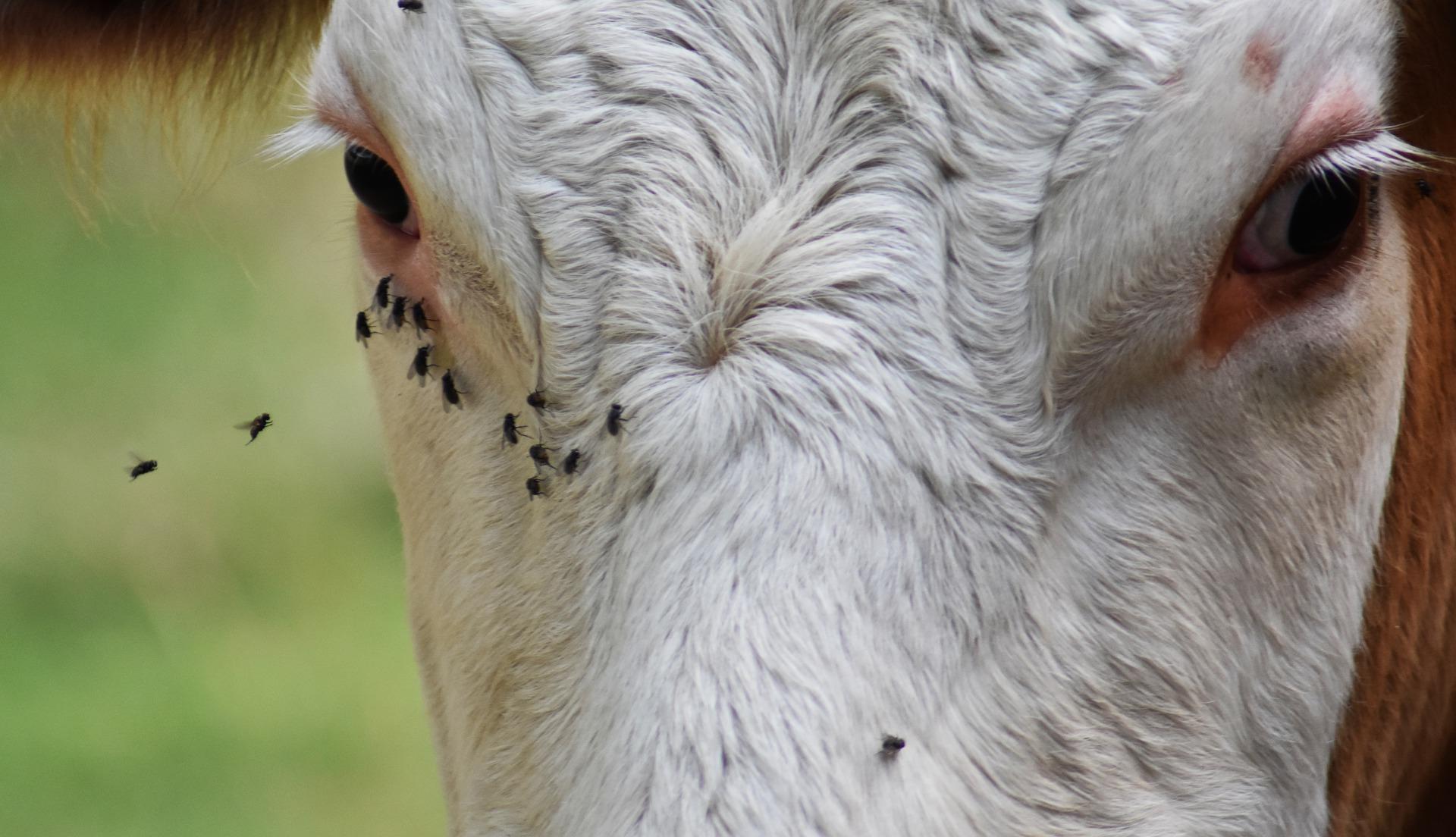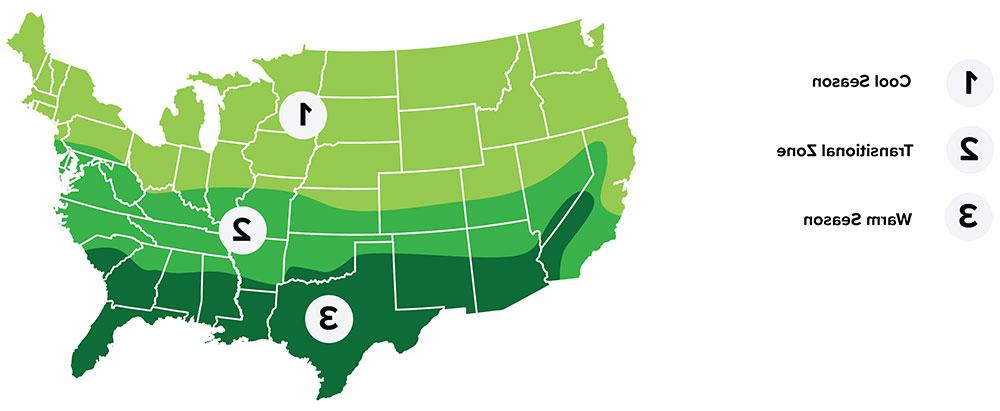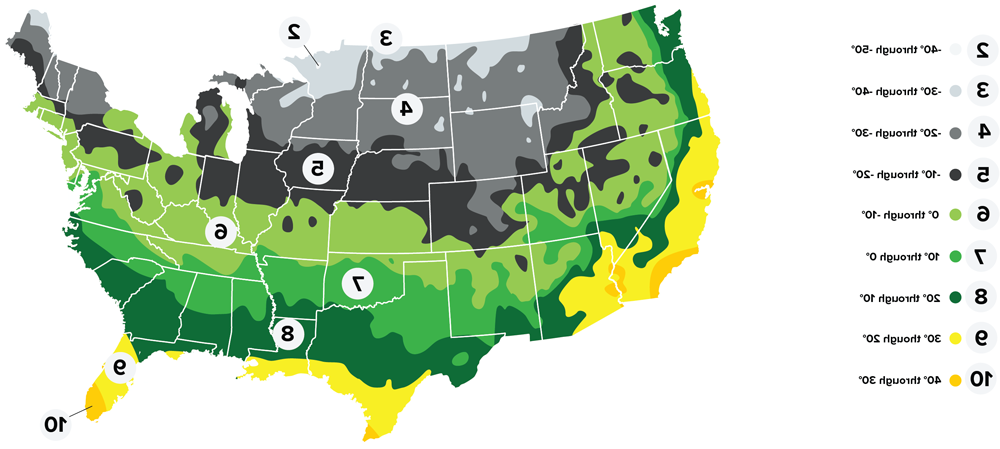VIRGINIA WILDRYE
Call for pricing availability –
(800) 375 – 4613
Summary
It is similar to Canada wildrye (Elymus canadensis) in appearance but is typically shorter in height with shorter awns on the seed head. The seed heads are more erect than those of Canada wildrye.
Plant Characteristics
Taxonomy
Zone
- Regional Growing Zone
- 5 - Midwest, 6 - Northeast Lakes, 7 - Great Lakes South, 8 - Appalacia, 9 - Southeast, 10 - South Florida, 11 - South Texas, 12 - Southwest
- USDA Plant Hardiness Zones
- 2, 3, 4, 5, 6, 7, 8, 9
Plant Characteristics
- Height
- 24" - 36"
- Bloom Period
- Early-Spring
- Bloom Color
- Yellow
- Leaf Color
- Green
- Growing Cycle
- Perennial
- Growth Habit
- Bunch-Type
- Sun Requirement
- Full Sun, Partial Sun, Shade
Plant Information
- Planting Season
- Spring - Late-Fall
- Plant Depth
- 0.25" - 0.5"
- Minimum Soil Temp for Germination
- 50° F
- Establishment
- Moderate
Seed Information
- Seeds Per Pound
- 100,000
- Kingdom
- PLANTAE
- Subkingdom
- TRACHEOBIONTA
- Super Division
- SPERMATOPHYTA
- Division
- MAGNOLIOPHYTA
- Class
- LILIOPSIDA
- Subclass
- COMMELINIDAE
- Order
- CYPERALES
- Family
- POACEAE
- Genus
- ELYMUS
- Species
- ELYMUS VIRGINICUS
Coverage Area & Available Sizes
How to Use & Apply
For best results, prepare a clean, firm, weed free seedbed by disking, harrowing, and firming the seedbed with a cultipacker or roller prior to establishment.
Applications
Virginia wildrye is palatable and nutritious to all classes of livestock. It may be grazed fall through early spring before it produces its characteristic, awned, seed head. It may also be cut for hay; however, grazing and haying should be deferred after the plant goes to seed.
Virginia wildrye may be mixed with warm season grasses for restoration and conservation plantings, and provides an important cool season component to seed mixtures.
















